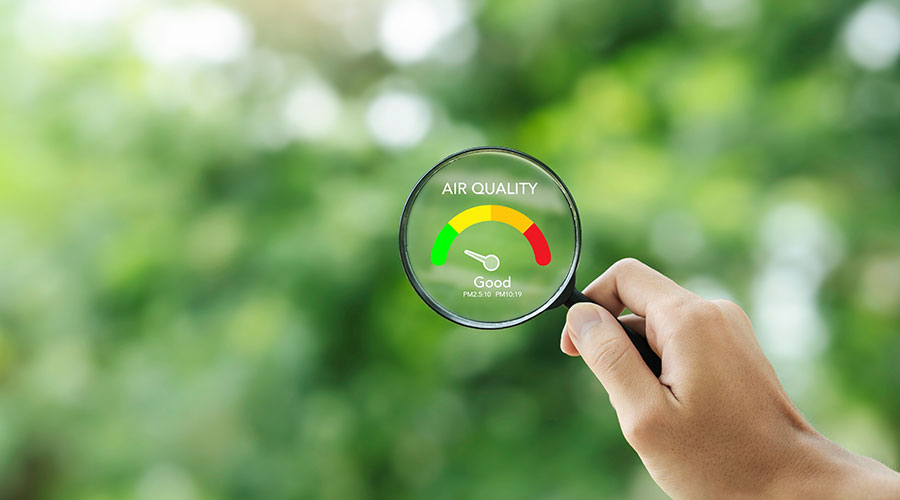IAQ: Technicians Should Monitor Filters, Dampers
After managers have used the various diagnostic tools to identify IAQ deficiencies, they must answer a couple key questions to turn those results into an effective game plan.
First, is the outside air better or worse than the inside air? The answer can help narrow the search for contaminants.
Second, what if outside air contains pollutants? If technicians determine a building has inadequate indoor air volume, technicians can check air filters and dampers on air-supply intakes, then clean or replace them if they are partly blocked or inoperative.
Technicians can tell if a filter is dirty by holding it up to a light. They also can use a portable manometer to indicate pressure drop or permanently install such a unit outside of the facility's air-supply spaces in the mechanical room. The manometers will indicate if the filters are blocked or if the dampers are sticking by showing a large pressure drop across the filters.
Related Topics:














